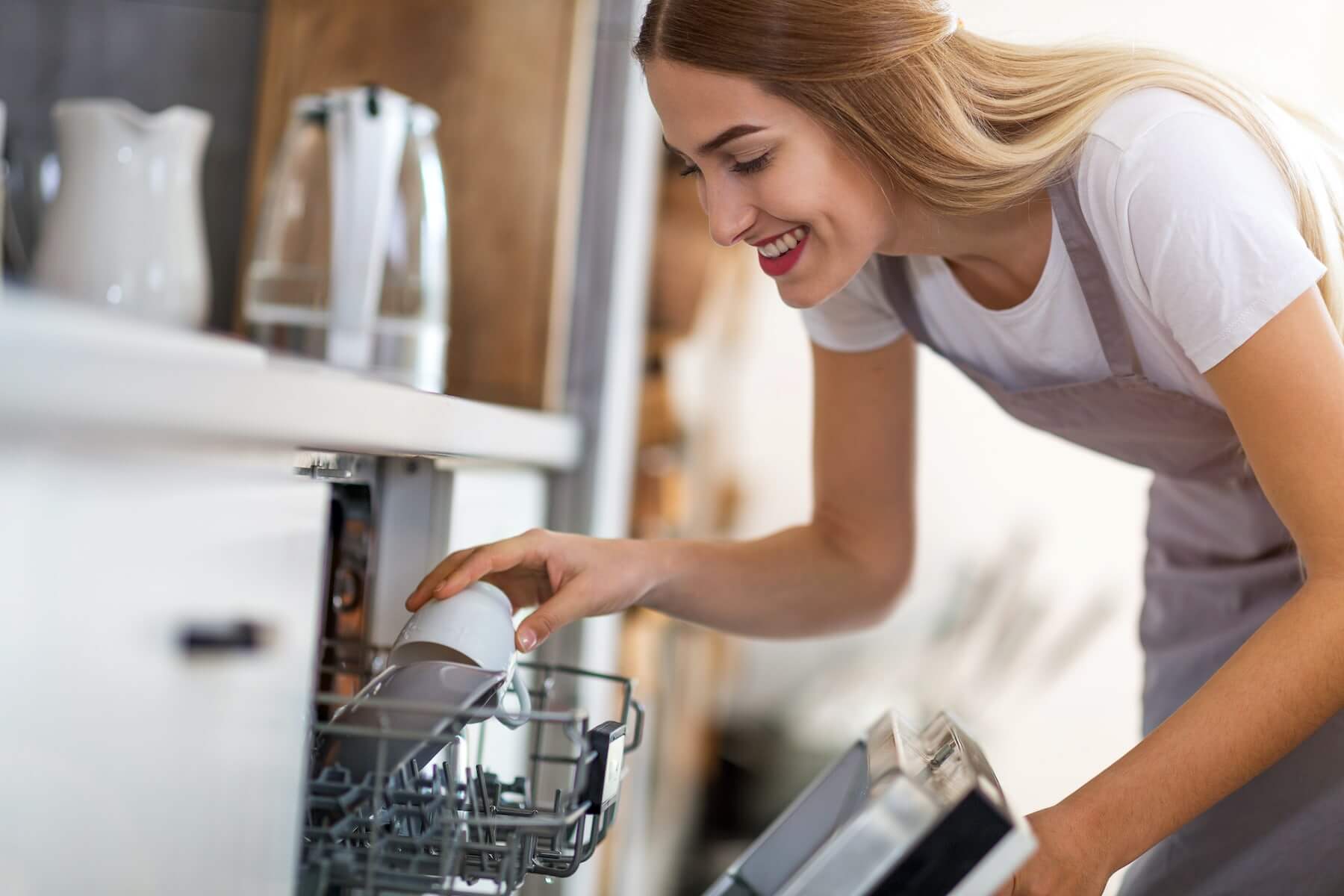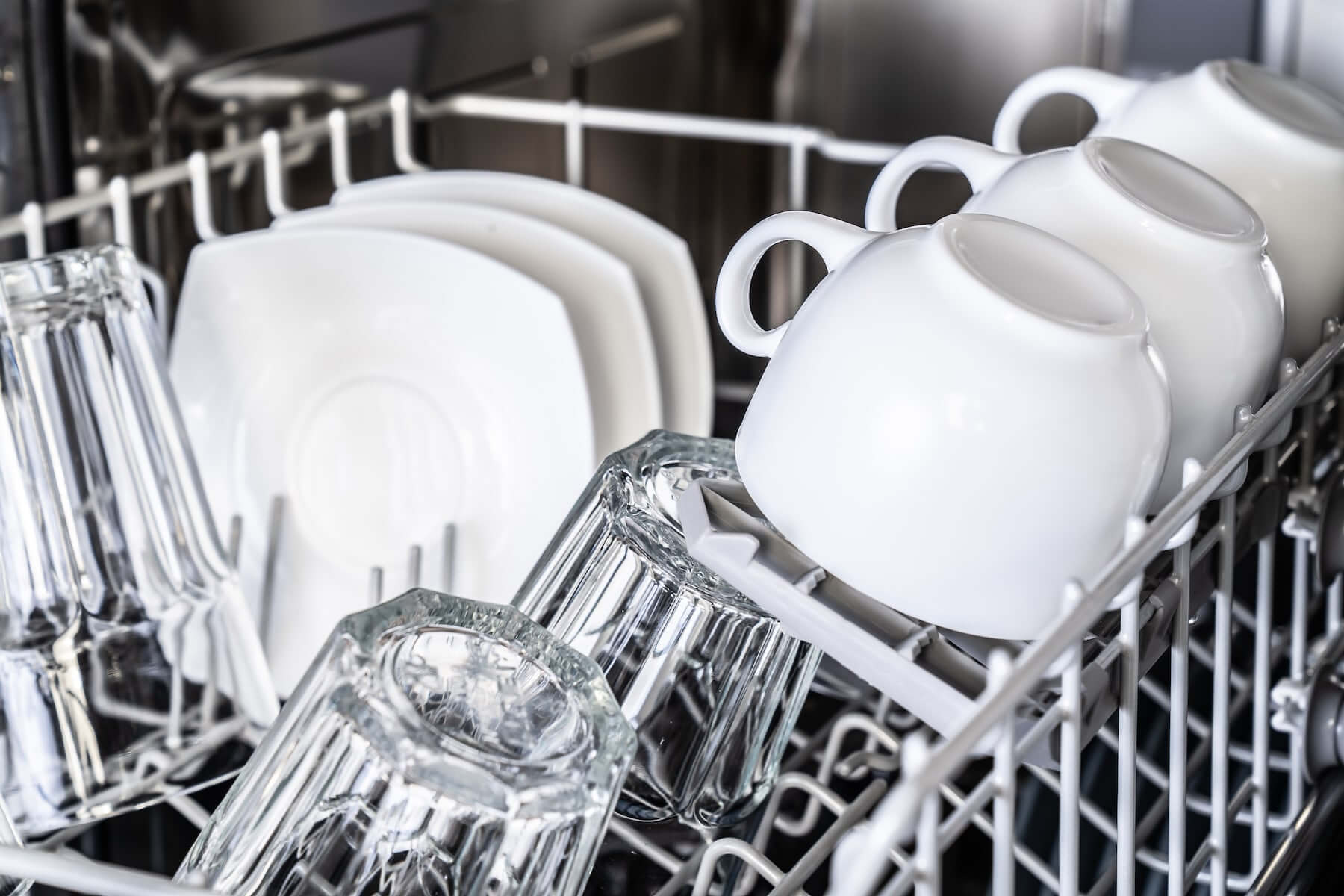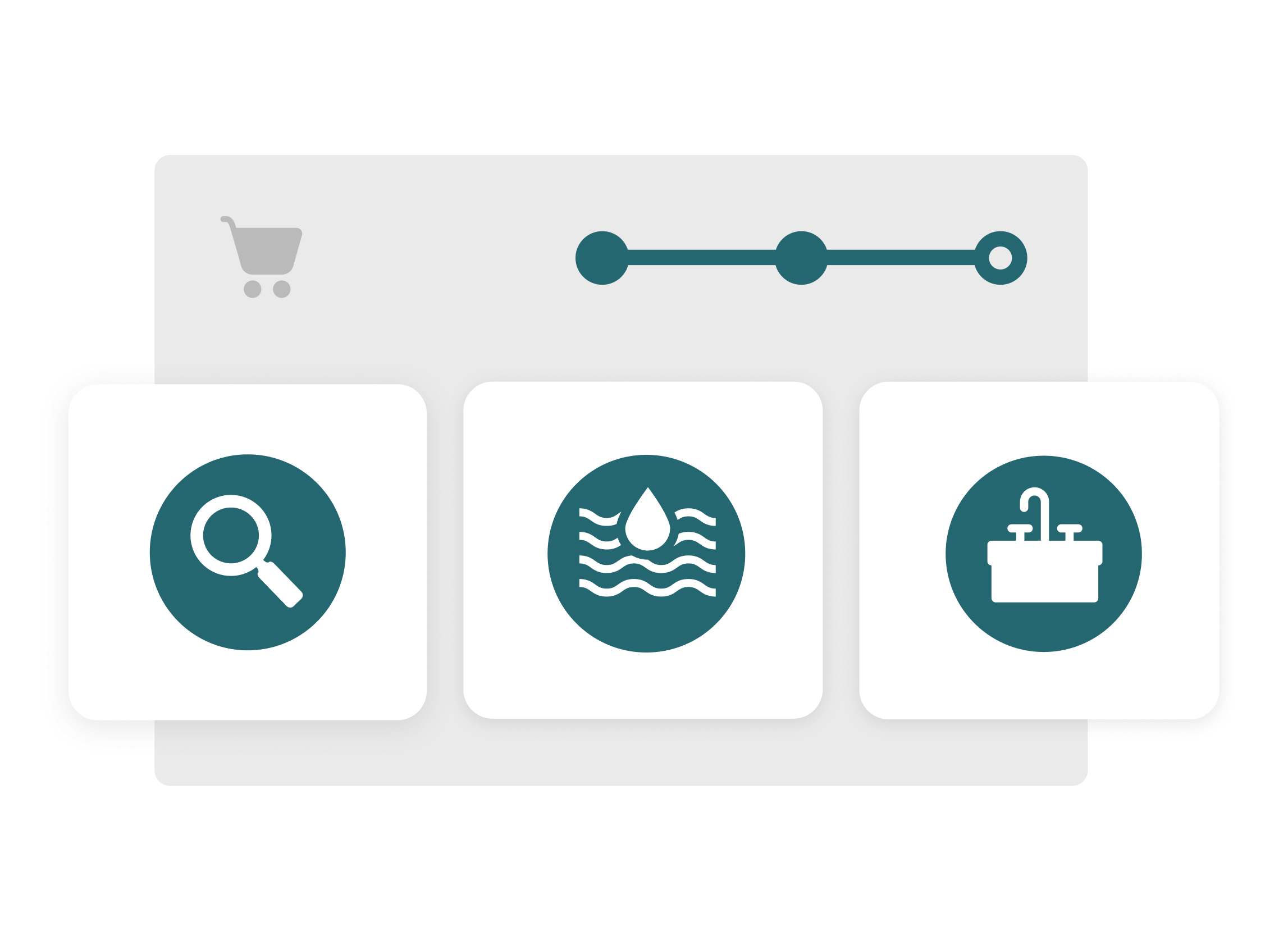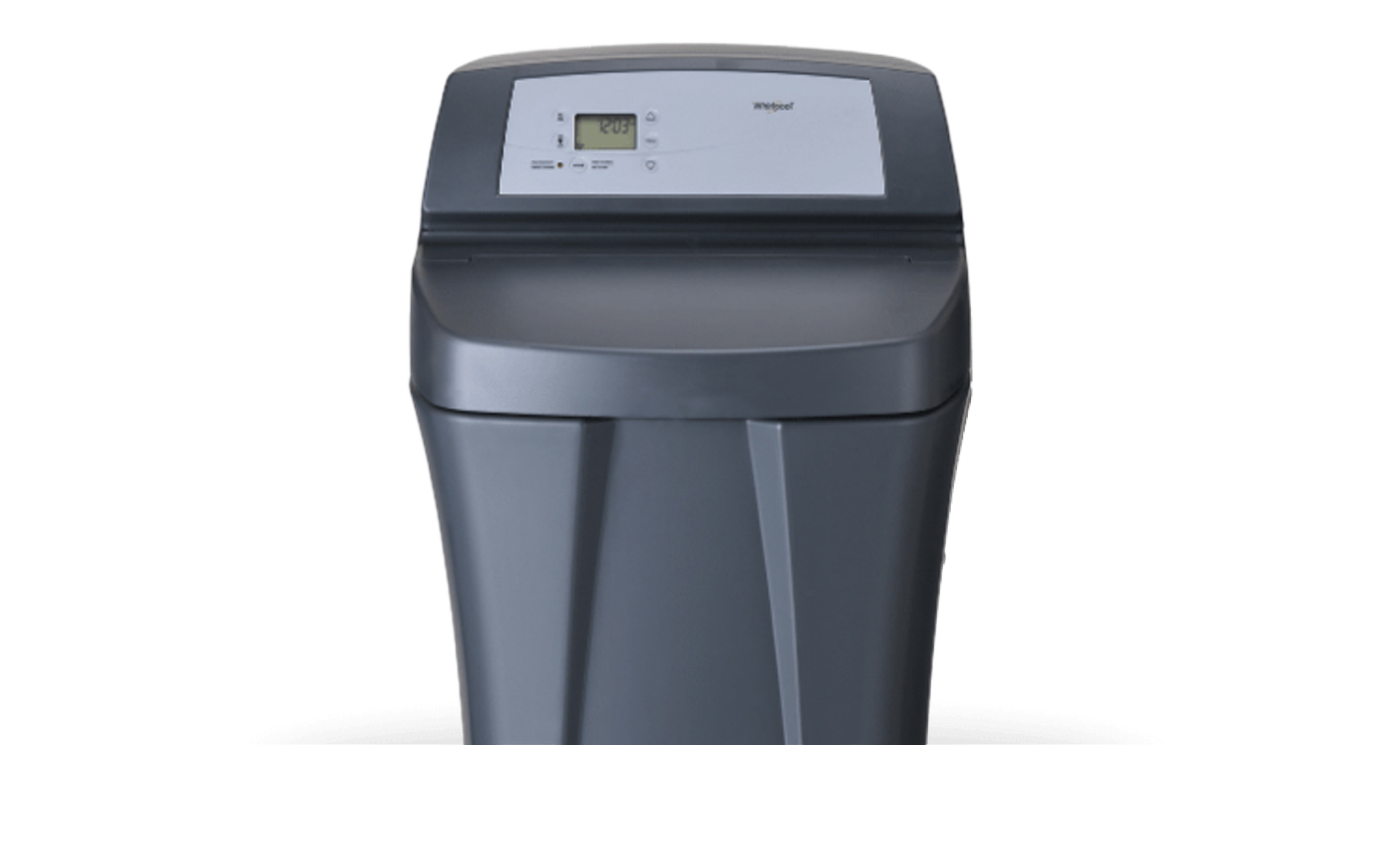Understanding Common Water Softening Terms
When it comes to understanding hard water basics, the facts are pretty straightforward — hard water causes many problems like spotty dishes straight from the dishwasher and dry, itchy skin — but understanding water treatment terminology can leave you confused when shopping for a new water softener.

This water treatment glossary contains a list of common terms and definitions that will help you understand that confusing web of terminology and navigate products like a pro. When you understand the information, choosing the water softener with the best capabilities for you is a snap — not a chore.

Try EcoPureHome’s New Interactive Shopping Guide Today
Ready to shop for your water treatment solution? EcoPureHome’s guided shopping experience can help.
Get Started
Water Softening Treatment Glossary
Alkaline
Having a pH greater than 7, also described as being basic (versus being acidic, which is when a substance has a pH lower than 7). Minerals such as calcium and magnesium that cause hard water are alkaline; therefore another way to describe hard water is to say it is alkaline.
Brine/Brine Solution
A liquid that contains salts like sodium chloride and potassium. During the regeneration process, the brine interacts with the water, and calcium and magnesium are exchanged with sodium ions. Brine is an important aspect of water softening as it is necessary for ion exchange, the method in which the softener removes calcium and magnesium particles that cause the water to be hard. Without it, there won’t be anything to condition the hard water.
Brine Tank
The physical portion of the water softener where sodium is added (it should be at least 50 percent filled with salt) and the resulting brine is housed.
Deionization
The removal of ions. Hard water is caused by a high concentration of positive ions (calcium [Ca2+] and magnesium [Mg2+] are both positive ions). During the deionization process, ionized minerals are removed from water by exchanging them with sodium, making the water “softer.”
Grain
A measure of unit in which one grain equals an approximate 65 milligrams of calcium carbonate.
Grain Capacity
A unit of measurement that is commonly used when describing how much water hardness a water softener can remove before needing to regenerate. Understanding grain capacity is helpful in determining the right water softener, especially if you know the hardness level of your water. If your hardness level is high, but you have a lower grain capacity unit, it will need to regenerate more often than if you had a water softener with a higher grain capacity.
Grains Per Gallon (gpg)
A unit of measurement in which the amount of grains (~65 milligrams of calcium carbonate) per gallon of water are determined. Hard water has a gpg of 7 or greater, while soft water has a gpg of 7 or fewer. For example, a water hardness with a gpg of 7 would mean that for every gallon of water, you would find ~455 milligrams of calcium carbonate.
Hard Water
When water has a gpg of 7 or greater, meaning it has at least ~455 milligrams of calcium carbonate per gallon, it is considered “hard.” Hard water occurs when the water flows through soil, rocks and other materials containing calcium carbonate, which then gets mixed into the water and flows to the final destination.

Ion
An atom or atoms that have an electrical charge, whether positive (formed by a loss of electrons by the atom) or negative (formed by a gain of electrons by the atom).
Ion Exchange
When one type of atom or atoms is switched with another of equal charge between an insoluble (chemical makeup that can’t break down in water) solid and a solution (chemical makeup that can be broken down in water). In water softening, ions are exchanged between sodium (a solution) and the alkalis calcium and magnesium (insoluble solids). Because the calcium and magnesium are insoluble, they can be filtered out.
Ionization
The addition of ions. Opposite of deionization.
NSF
The National Sanitation Foundation, now known as NSF International, sets standards for food service, swimming pools and healthcare equipment by testing and certifying products are in compliance with public health guidelines.
Parts per Million (ppm)
Less common than gpg, parts per million (ppm) is a unit of measurement, especially for water that contains iron. The conversion between gpg and ppm is 1 : 17.1. Therefore, hard water with a gpg of 7 has a ppm of 119.7.
Regeneration
The process in which sodium ions are added or returned to a mineral as a water softener removes hard water minerals. When a water softener exchanges sodium ions for calcium and magnesium (which are causing water to be “hard”) it eventually will run out of sodium. During regeneration, the sodium ions are replaced so that the water softener can continue to exchange sodium ions with calcium and magnesium.
There are two types of regeneration: timer-based and demand-initiated. Timer-based regeneration occurs on a set schedule while demand-initiated regeneration uses sensors to monitor the mineral exchange, regenerating when needed on its own rather than on a timed schedule.
Resin
A synthetic plastic made from polystyrene sulfonate that is shaped into beads and added to a water softener. The physical location of the resin beads is called the resin tank, and it’s within this tank that hard water is passed through. The resin beads contain sodium or potassium (which are soluble) which are switched with calcium and magnesium (insoluble) during the ion exchange process. If you have an older water softener installed but the water still seems harder than you’d like, it may be time for a water softener update since resin can lose its sodium over time.
Softened Water
When water has undergone a process to remove the calcium and magnesium ions, reducing the grains per gallon (gpg).
Total Dissolved Solids (TDS)
The total amount of substances dissolved in water — aka, soluble substances — including solids such as magnesium, bicarbonates and chlorides.
Total Dissolved Solids (TDS) Meter
A hand-held device that indicates the Total Dissolved Solids (TDS) in a solution by measuring the conductivity of a solution (because dissolved solids such as salts and minerals increase the conductivity of a solution). Because it is exclusively a TDS water tester, it does not measure contaminants such as lead, pesticides, arsenic, etc.
Water Conditioning
When a solution added to water doesn’t remove minerals such as calcium and magnesium — which occurs during water softening — but instead changes the ways in which a liquid solution behaves, keeping the calcium and magnesium present from adhering to surfaces. If you’re conditioning your water rather than softening it, the calcium and magnesium are still there but they won’t cause build-up on your glasses or in your faucets.
Water Control Valve
Valve which controls the flow of water through a water softening system. Most are designed to maintain maximum water pressure throughout the home.
Water Softening
The process of removing calcium and magnesium ions through ion exchange with sodium so that the gpg falls below 7.
Learn What Water Softener
is Right for You
Now that you have an idea of the basics of water softener technology, it will be easier to understand the different capabilities as you consider various models.
Ready to shop for your water treatment solution? EcoPureHome’s guided shopping experience can help.
Get Started